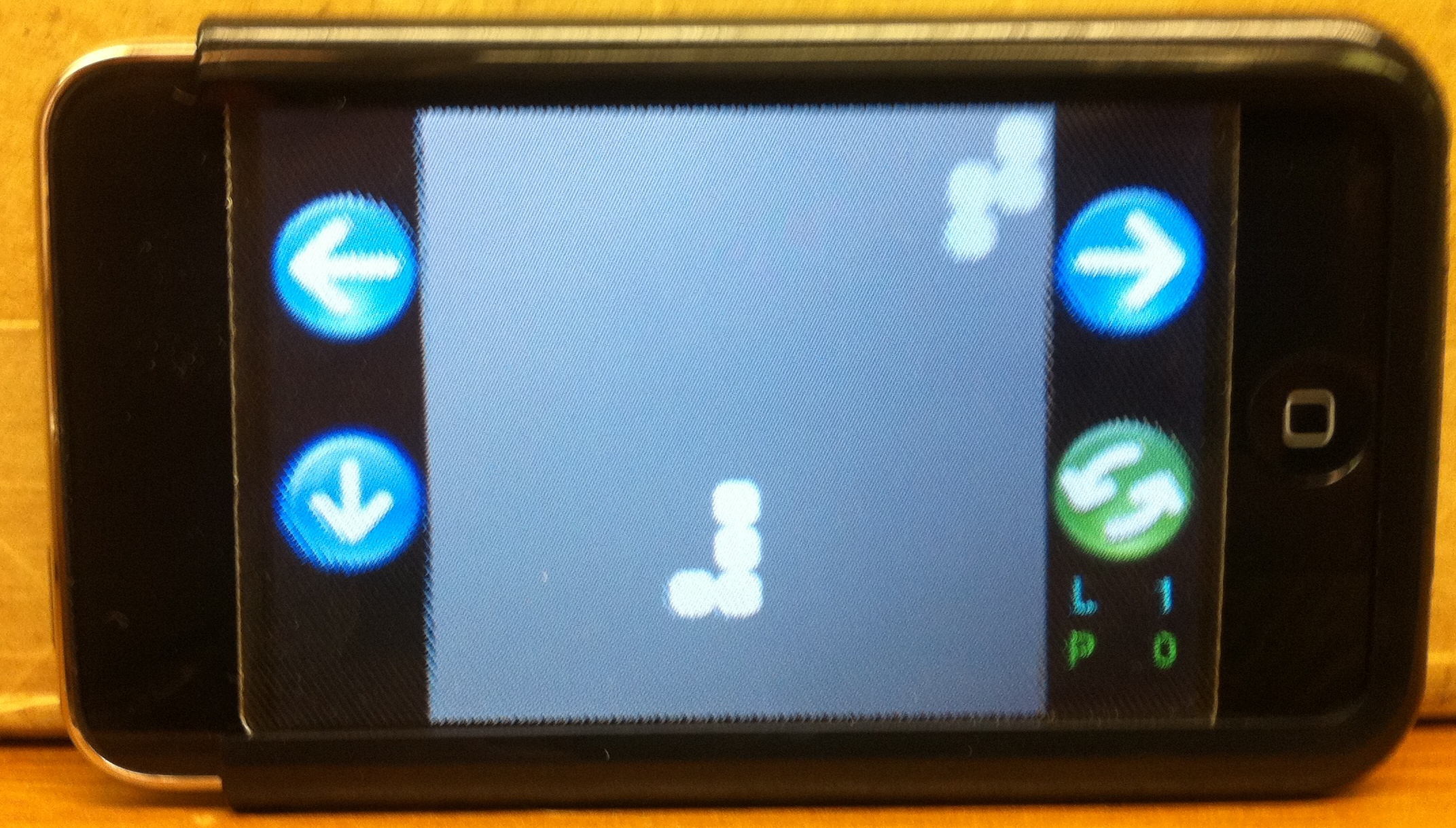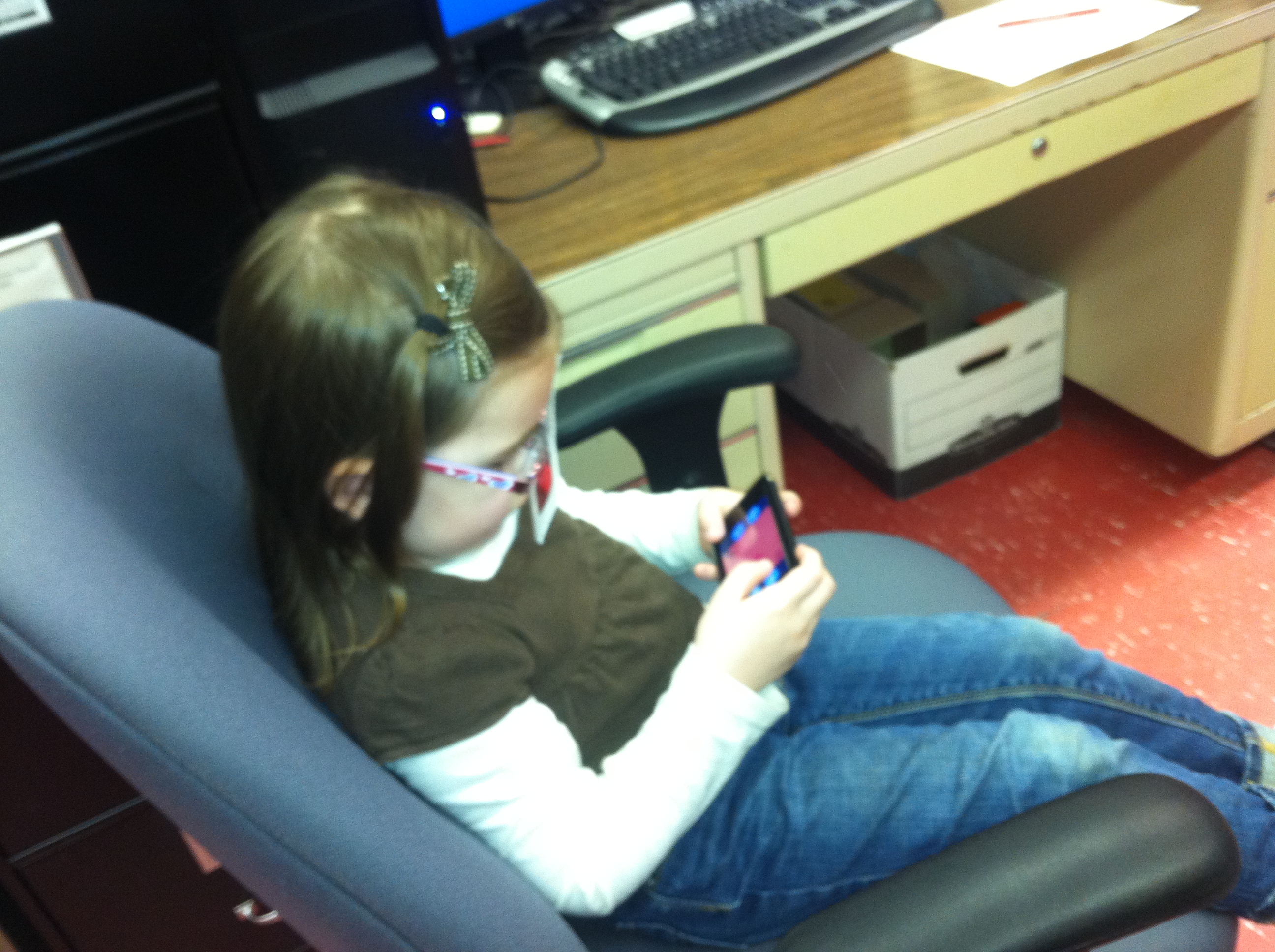
Information for clinical trial
Amblyopia (Lazy eye disorder) is the most common cause of visual impairment in childhood, affecting up to 3 percent of the population. In a new approach for treating amblyopia, the information to the brain is distributed between the two eyes in a complementary fashion. A falling-blocks puzzle-game is used to train the brain so that both the eyes work together binocularly.
A formal clinical trial of the binocular approach implemented on a portable device is currently in progress. The clinical trial sites would be in Montreal (Canada), Waterloo (near Toronto, Canada) and Auckland (New Zealand). If the trial is positive we hope that the treatment will become widely available.
Products or games that are downloaded from the web are not affiliated with this group.

Some
articles and websites that detail the scientific basis of this new
innovative treatment approach:

Dichoptic
training enables the adult amblyopic brain to learn
Jinrong
Li, Benjamin Thompson, Daming Deng, Lily Y.L. Chan, Minbin Yu, and
Robert F. Hess
Current
Biology, 2013, 23(8)
pp. R308 - R309 [link]
A
Game Platform for Treatment of Amblyopia
Long
To, Benjamin Thompson, Jeffrey R. Blum, Goro Maehara, Robert F.
Hess, and Jeremy R. Cooperstock
IEEE
Transactions On Neural Systems And Rehabilitation Engineering,
2011, 19(3), pp. 280-289 [link]
A
binocular approach to treating amblyopia: Antisuppression therapy.
Hess,
R.F., Mansouri, B. & Thompson, B.
Optometry
& Vision Science,
2010, 87(9), 697-704.
A
new binocular approach to the treatment of amblyopia in adults well
beyond the critical period of visual development.
Hess,
R.F., Mansouri, B. & Thompson, B.
Restorative
Neurology & Neuroscience, 2010, 28(6), pp. 793-802. [link]
A
compact clinical instrument for quantifying suppression.
Hess,
R. F., Thompson, B and Maehara, G.
Optometry
& Vision Science,
2010, 87, pp. 697-704 [link]
The
role of suppression in amblyopia.
Li,
J Lam, C, Chen, L and Hess, R. F.
Investigative.
Ophthalmology and Vision Science.2011, 52(7) pp. 167-4176 [link]
Please fill this form if you want to participate in this study or obtain more information
- Please note that the clinical trial only is recruiting individuals with
lazy eye due to difference in refractive error between the 2 eyes
(anisometropia) or an eye turn. At this time we are unable to enrol
participants with deprivation amblyopia caused by problems such as
cataract. Please also note that the McGill local is only able to recruit
adult participants (18+). The Waterloo School of Optometry will be
recruiting from 7+ years of age.
- This study is a clinical trial, which involves playing a falling blocks
game on an iPod that is loaned to you for the period of training.
Participants are asked to play the game for at least 1 to 2 hours a day
for 6 weeks. There are 5 visits to the study site at 3, 6, 12 and 24
weeks after having been given the game and the baseline eligibility
visit.
- As this is a clinical trial there is both a treatment and placebo group.
The placebo group will not receive the actual treatment. We will not be
able to tell which group you are randomly assigned to until the end of
the study.The participants who are in the placebo group will be given the
actual treatment free of cost at the end of the study if the trial is
positive.
- The treatment is not designed to treat an eye turn but is designed to
improve vision in the amblyopic/lazy eye.